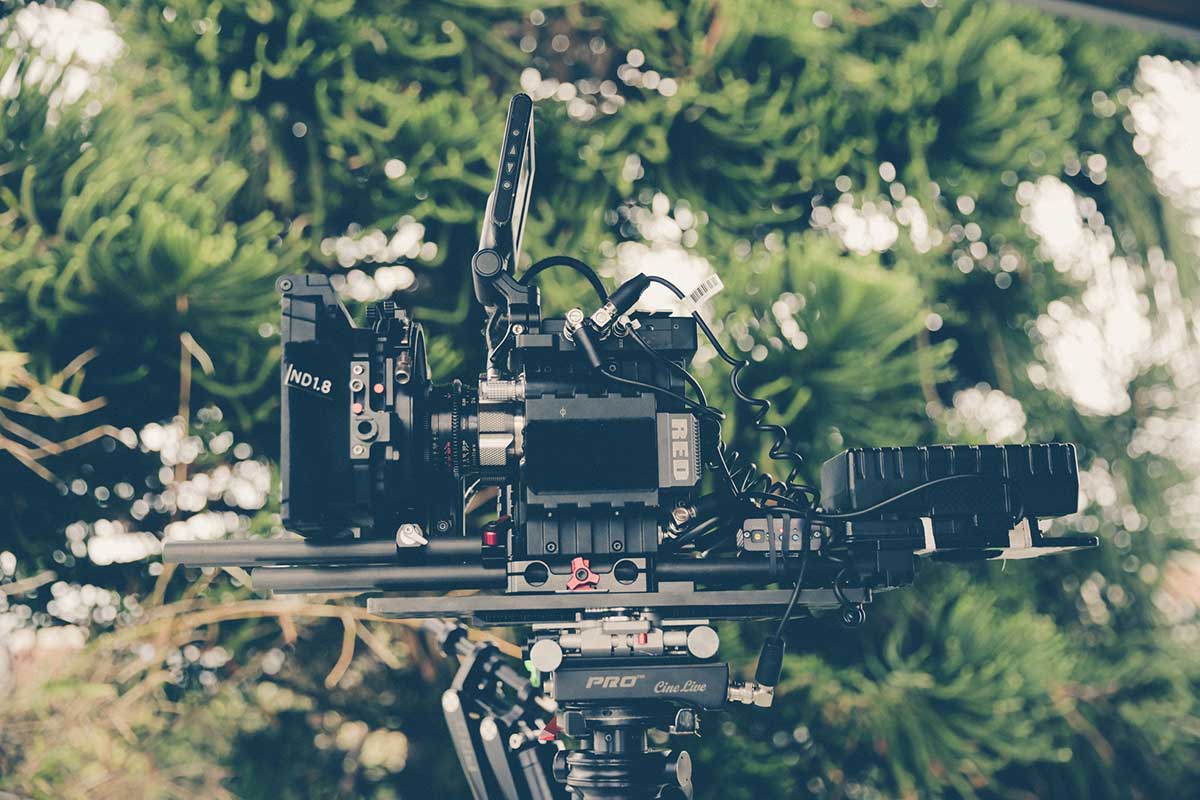There is a crazy gap between quotes for video production. What separates an amateur vs pro, and why should I even care?
TOP ELEMENTS THAT SEPARATE AMATEUR FROM PROFESSIONAL VIDEO
If you are a marketing manager, training professional or business owner and you need to make a video, then this blog post is for you.
Look, this video is not bashing anyone new to the industry, but if you are running a business, you need to look at how you represent yourself. My lawyer clients typically wear nice cloths to reflect their status in the eyes of their clients, the court and even their opposing council. However, I hear all the time about how a website or video turned someone off and they never made that consult call.
Sometimes a homemade cell phone video can get the job done and look “authentic”, but it can reflect poorly on your brand. To help you make a great impression with your video effort, here are some things to keep in mind.
Do they do this full time? If you hire a person who says, I do video.
IS this their only job?
Now, if they are working at a film studio, not a television station, they may have some real skills and might be in the process of going out on their own, then you might get some good footage.
However, are they just like a real company where they are insured? Do they have an actual process to get your business video done? Will they be there in 6 months when you want to do another video? We often find that we hire these type of people for live events and get great results, but they are often just one piece of a total puzzle.
Gear
Using a high-quality camera is a hallmark of professionalism. I’d also add that the person behind the camera is just as important as the camera. In other words, if the camera operator is good at composition, motion tracking, and exposure, then the professional quality gear will deliver a high-quality image.
There is currently a raging debate on DSL vs video cameras. I have and use both in shoots. However, they each have their drawbacks and people who only use dslrs often can’t handle larger production shoots due to the limitations of the actual equipment.
Script
A script is the executable plan used to make a video. Thoroughly thinking through how you are going to tell your story is critical. Shooting hours and hours of video with the expectation to figure it out later when editing is a painful and expensive strategy. Developing your script in a three-column table works really well. Column one contains the scene number for easy reference. Column two contains detailed descriptions of the visuals along with direction for the production crew. Column three features the lines for the narrator or actor along with any directorial comments.
Audio
Too often, good audio is an afterthought and bad audio can destroy the professional impression you are trying to make. This is where your iPhone loses all battles over any other type of video camera. Bad audio sounds like it’s captured in a barrel, or from too far away, or worse, it gets louder and softer for no apparent reason. Professional audio, is balanced and easy to listen to. If you don’t notice the audio, then it probably had professional techniques applied to it. Audio is like editing. Good editing is unnoticeable to most people. It looks and sounds normal.
Lighting
Light affects everything in an image, moving or still. Professionals typically use a three-point lighting to highlight a subject and separate it from the background. They also use different color grades to generate a warm, inviting look, or a cooler more clinical appearance. By paying close attention to shadows and highlights, the professional video will give texture to a subject that makes it appealing to look at for long periods of time.
The big hot light bulbs with the silver reflectors are antiques and LED panels are now the norm. These are not the cheap ones that you get in a kit for $200. Real professional lights cost $1000 plus and go up quickly. Professionals use professional equipment because it gets used every week and so it needs to stand up to time.
Distribution
Simply, this is how you get your final product to your audience. What makes the video professional is how it looks in its final landing place. Is it embedded on your website? Are you hosting it on YouTube? Is your primary distribution a home TV screen, personal computer, or mobile device? Mobile carries a different set of needs. Will it live on your servers for only your people to view as a part of a training or internal communication initiative? Remember this, professional video is created with that audience and delivery method in mind before the cameras come out of their cases.
Then, how do you get it seen? Just putting a video on youtube is like peeing into the ocean. You have to have a strategy. We employ a 10-point marketing plan for our client video series that is designed to double revenue in 18 months.
In Conclusion
These are just some of the ways you can tell if you are dealing with a pro. However, the best way, is to simply talk to them and see if they take the lead in the conversation or if they will simply be waiting for you to tell them what to do?



